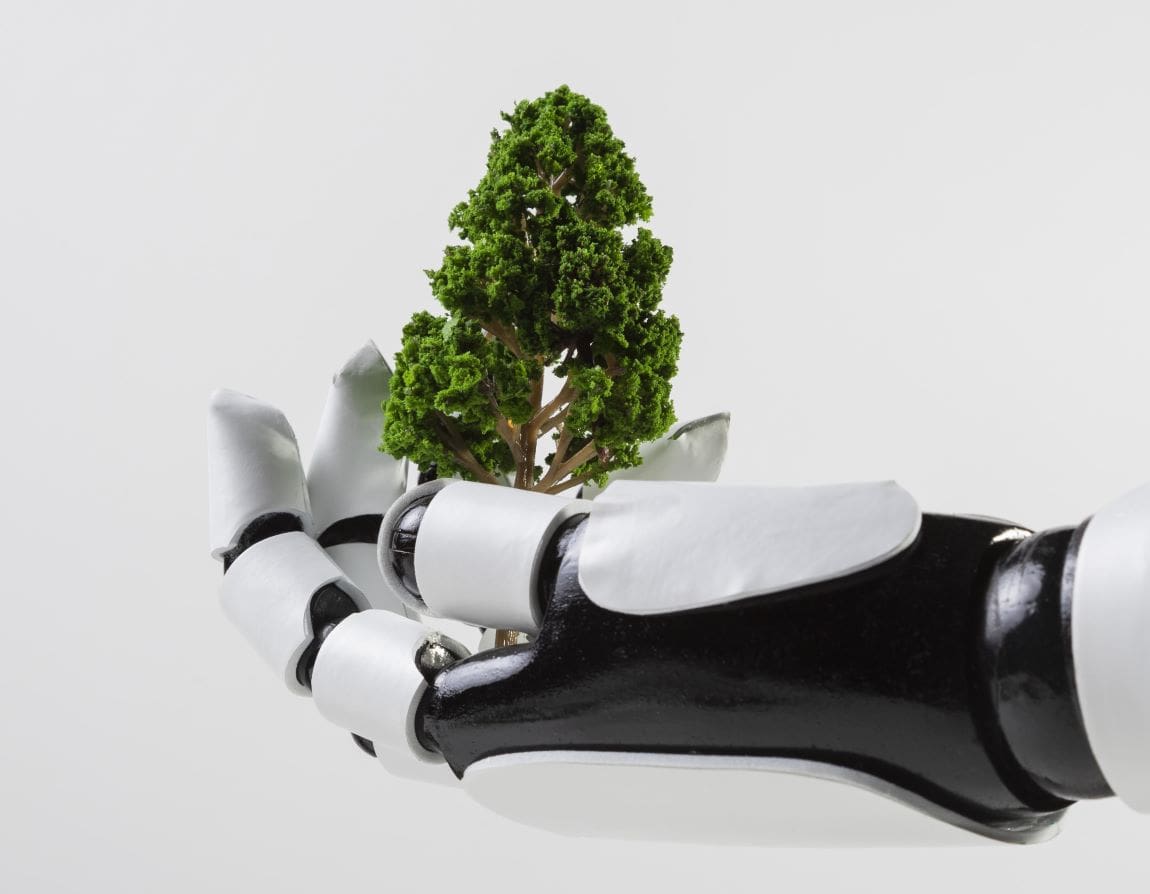Summary:
Artificial intelligence and climate activism share a common interest in sustainability, but a recent study suggests their perspectives often diverge in crucial ways. Researchers at the University of Washington explored these differences by interviewing nine people developing AI for sustainability projects and 10 climate advocates working on the front lines of environmental activism. The study’s findings, presented at the Designing Interactive Systems Conference in Funchal, Portugal (DIS ’25), revealed both common ground and deep divides between the groups.
While developers tended to focus on technical applications such as improving efficiency or building diagnostic tools, advocates saw AI’s potential as far more limited. Many climate activists expressed concerns about the environmental cost of training AI models and raised broader questions about justice, labor, and policy. Some even suggested creative approaches, such as designing systems that give natural entities like rivers or trees a voice.
One of the study’s central findings was the lack of communication between the two groups. Developers often had little to no direct contact with the communities their projects aimed to impact, while activists stressed the need for collaboration. Researchers argue that bridging this gap could shape more effective and equitable climate technology.

Q&A: What can AI developers learn from climate activists
Generative artificial intelligence systems require a lot of energy, but many AI developers are hoping the technology can ultimately be a boon for the climate – possibly leading to a more efficient power grid, for instance.
But the goals of those developing AI systems for the climate and those working on the front lines of climate advocacy don’t necessarily align. To compare the two groups, University of Washington researchers interviewed nine people who are developing AI for sustainability – ranging from a graduate student to a startup founder – and 10 climate advocates, including a grassroots activist and an environmental nonprofit employee. They found that while developers and advocates all cared about the climate movement, their specific values and perceptions varied widely, especially on topics like ethics.
The team presented its findings at the Designing Interactive Systems Conference in Funchal, Portugal.
UW News spoke with lead author Amelia Lee Doğan, a UW doctoral student in the Information School, and senior author Lindah Kotut, a UW assistant professor in the Information School, about the study’s findings.
There’s a lot of concern around the climate impact of training AI and running the models, but also some potential for AI to help. How did you find the views of the different groups you interviewed diverging on those perspectives?
Amelia Lee Doğan: Most of the advocates saw AI as potentially helpful in very limited use cases. This includes automating existing tasks and connecting community members with the natural world, such as creating personas for natural entities like rivers or trees or creating urban farming diagnostic tools. There were also some more traditional climate science applications. But a handful of people were also concerned about not only the climate impacts of AI, but things like labor concerns. AI is not going to fix issues that stem from policy. With these things, climate change isn’t necessarily the root problem. It’s larger injustices.
What did you learn from this research that surprised you?
ALD: We got a lot of interesting ideas from advocates and wrote some of those up in a fictional format for another paper that came out in January. It’s what we call a design fiction. You imagine a technological future and analyze it from an academic point of view. Some ideas were really original – such as, what if a river could speak to you in English as well as communicate through things like water gurgling sounds or music?
Lindah Kotut: When we presented this at a conference, many people were surprised that a lot of the developers don’t know what the grassroots activists are doing. But the activists kind of know what the developers are doing. If that was flipped, I feel that some of the discussions on the implications of AI on the environment would be way more advanced.
ALD: Many of the developers in research or nonprofit spaces had a lot less contact with advocates compared to those in business. I asked a very simple question to developers: Did you talk to anybody with the community you’re trying to impact? Many said no. The advocates said they’d love it if some of these developers showed up to protests or meetings.
Did people have recommendations for solutions to this lack of communication?
ALD: We propose talking to people as a very first step. Advocates would love to be approached by developers about their wants and needs, with the understanding that they’re deeply resource constrained. For example, one of the advocates we talked to had been using a non-AI tool developed by the government. The government stopped maintaining the tool, which impeded her workflow. So she was interested in the creation and maintenance of new software tools.
LK: There are constraints on both sides. Some developers are working on environmental justice issues as a side project, and that limits the amount of time they can spend on it. The advocates are largely first accountable to people and the environment and are constrained by policy. So they’re thinking about how to support through policy changes that will impact technology. Whereas developers can be working in a space where corporate interests are against the environmental interest. We don’t have a solution to that conflict.
What were advocates optimistic about, as far as AI technology?
ALD: A lot of advocates’ work is data intensive and could benefit from automation – looking through government databases of PDFs that are not scanned at high resolution, for instance. The advocates also are excited about science advancement.
What do you want the public to know about this research?
ALD: Climate change is now, and we can’t necessarily wait for the promises of AI that we’re not sure are coming. We already know that the most effective solutions to the climate crisis are policy solutions: cutting fossil fuels, protecting our land and waters.
We found that the social issues plaguing technology development also play out in the development of climate tech. A lot of power issues. Developers don’t always have the freedom to shape the big picture vision for a project. And that also extends to developers who might be working on projects that are for social good, that still fall into a lot of these pitfalls that entrap people in the tech industry.
LK: Anyone who can should amplify what the grassroots climate communities are doing. That gets the changes that they’re advocating for out there in the voice that they want. Also, in tech, we’re so fast. Move fast and break things has been this credo. But one of the best foils to not moving fast and breaking things is to listen to the people you’re working to support. Tap into the local climate organizations and listen to them. Supporting them is an extra step, but sometimes just listening is the best way. These organizations understand the concerns of the communities being directly affected.
Hongjin Lin, a doctoral student at Harvard University, is a co-author on the study. This research was funded in part by the National Science Foundation and the University of Washington’s Graduate School’s Office of Graduate Student Equity & Excellence.
Journal Reference:
Amelia Lee Dogan, Hongjin Lin, and Lindah Kotut, ‘”Down to Earth”: Design Considerations for AI for Sustainability from the Environmental and Climate Movement’, In Proceedings of the 2025 ACM Designing Interactive Systems Conference (DIS ’25). Association for Computing Machinery, New York, NY, USA, 1549–1562 (2025). DOI: 10.1145/3715336.3735734
Article Source:
Press Release/Material by Stefan Milne | University of Washington
Featured image credit: Freepik




